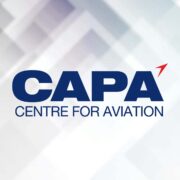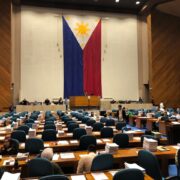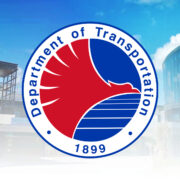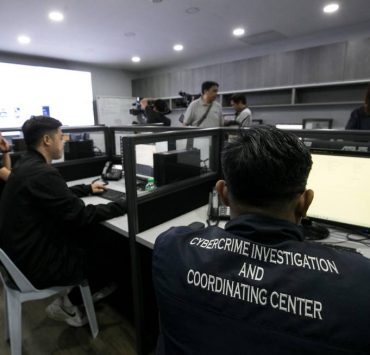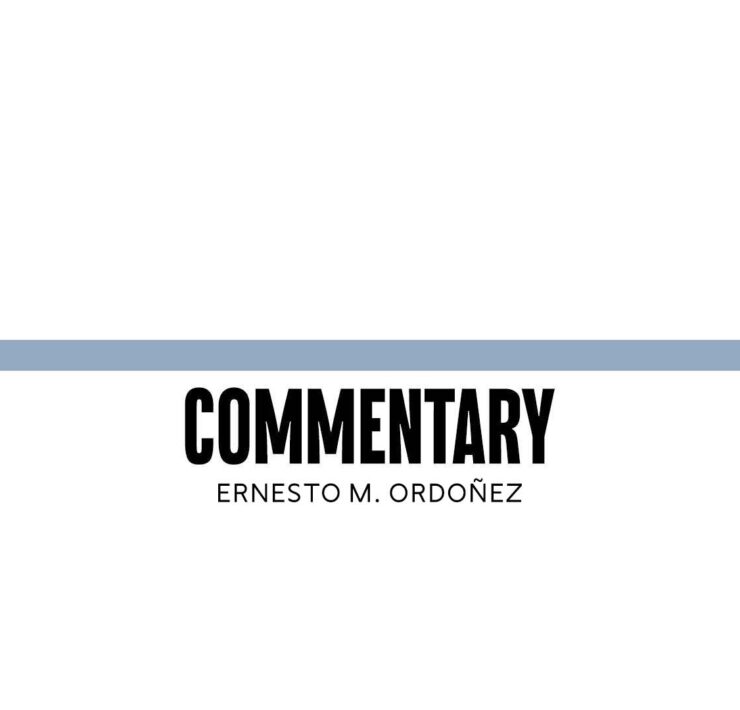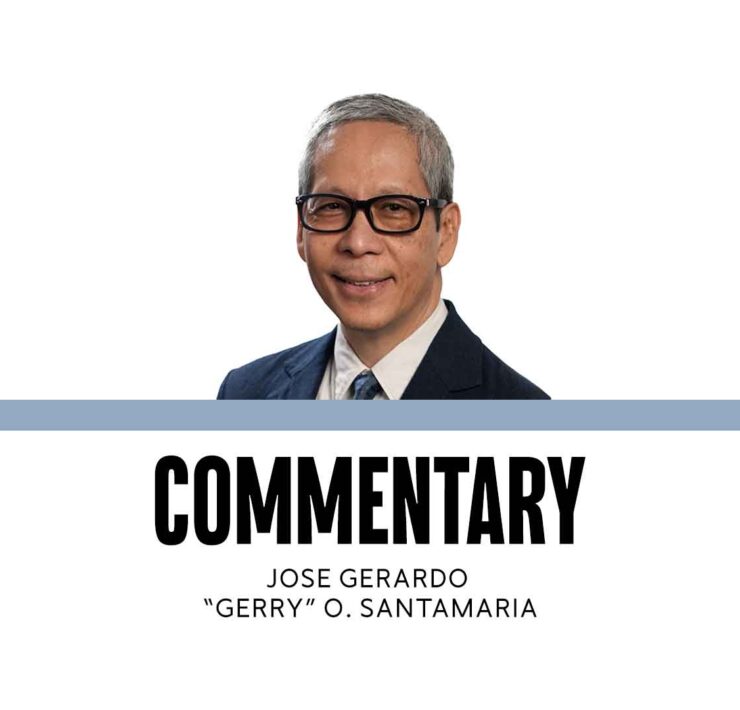How to make Charter change less suspect

The fastest and least expensive means to amend the Constitution involving only the so-called “economic provisions” is through a constituent assembly (con-ass). Unlike a constitutional convention, which could lead to a full revision of the Charter, a con-ass will be less suspect on the real motives of the intended revision, which have been identified as political restructuring, the lifting of term limits of incumbent officials, or a shift to a parliamentary form of government.
But con-ass has its own constraints. The chief hurdle is the manner of voting by the two chambers constituting the assembly. Unless both chambers can agree on the mode of voting, whether jointly or separately, any attempt at con-ass will hit a snag, and it will be up to the Supreme Court to resolve the issue. Another constraint is the composition of the drafters of the proposed amendments, including the choice of the articles or sections to be amended. These constraints, however, can be resolved by both chambers through a joint resolution.
A salient feature of the 1987 Constitution is the expanded powers of judicial review to check on government conduct amounting to “grave abuse of discretion.” The act of Congress itself is bound by this expanded power of judicial review. Thus, if both chambers adopt or enact a “Joint resolution governing the constituent assembly of the 19th Congress” with an expressed self-imposed limitation that the con-ass will only act within the scope of the joint resolution, then the power of judicial review might be invoked by any citizen or member of the assembly should it go astray. The Supreme Court can then put a stop to the con-ass process.
The joint resolution can have the following features: a) It should specify that the manner of voting should be done separately so as not to diminish the three-fourths vote of the Senate; b) It should identify the specific economic provisions of the Constitution that will be subject to amendment; c) It should determine the composition of the drafters of the proposed amendments, i.e., 12 members from each chamber, and nine members from the private sector, jointly chaired by the Senate President and House Speaker, or their deputies; d) It should determine the manner of voting for the adoption of the final draft to be submitted to the con-ass, and e) It should expressly provide that any violation of a provision in the joint resolution would constitute grave abuse of discretion and give rise to controversy that is subject to the power of judicial review.
The features of the joint resolution will set the standard meant to discourage grave abuse of discretion. This should assure the public that the effort to amend the Constitution is limited to economic provisions. -FRANK E. LOBRIGO
Frank E. Lobrigo is a retired judge of the regional trial court. Before joining the bench, he practiced law for 20 years.

